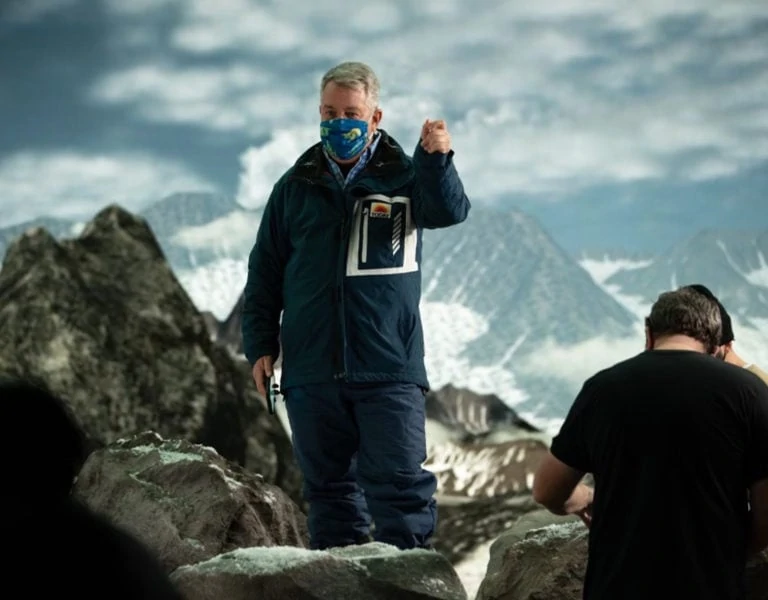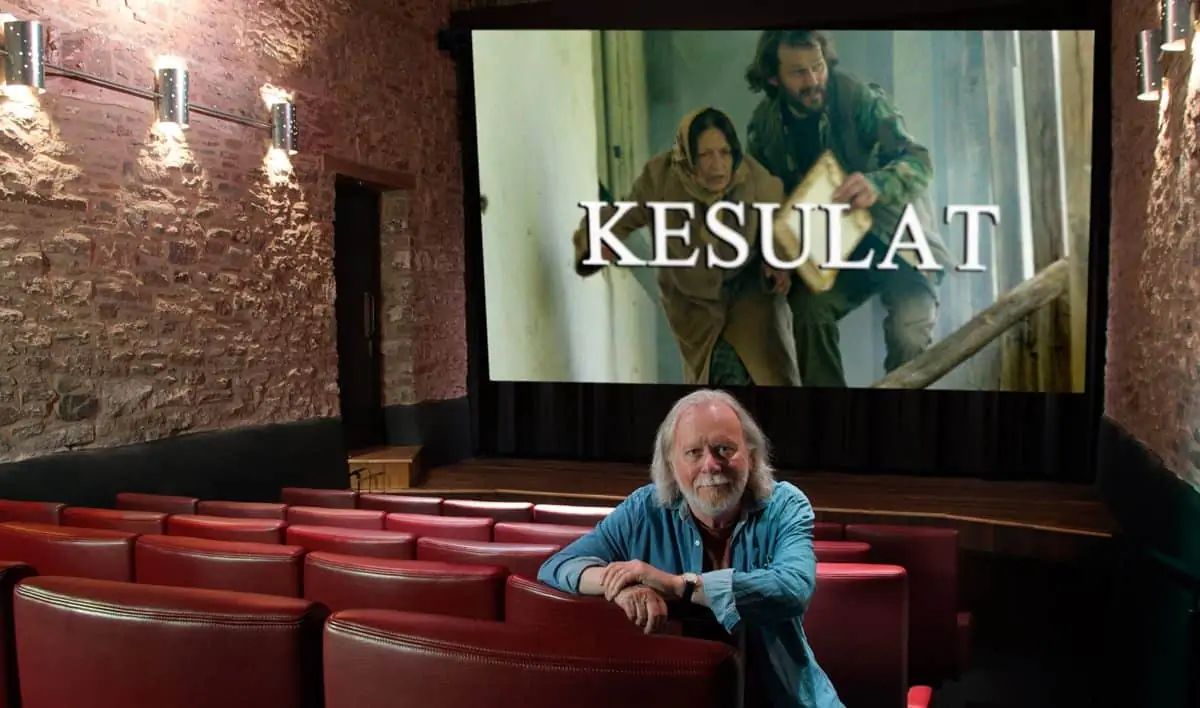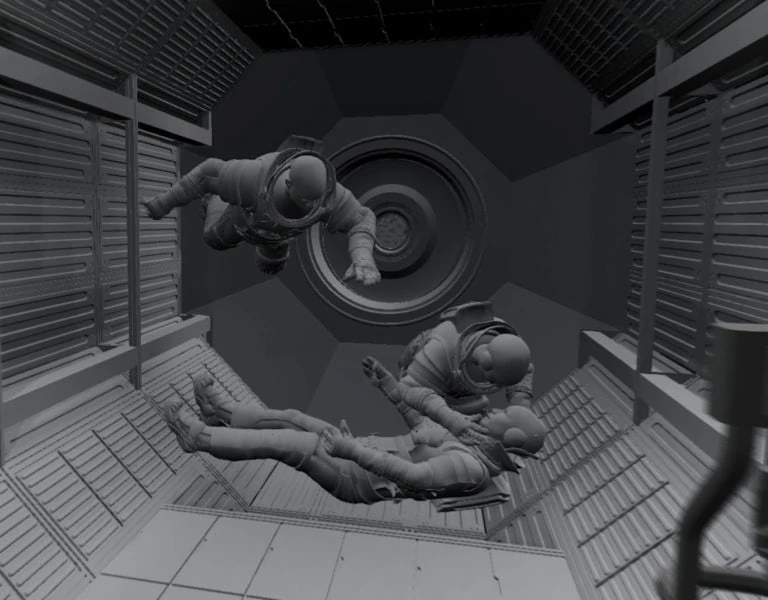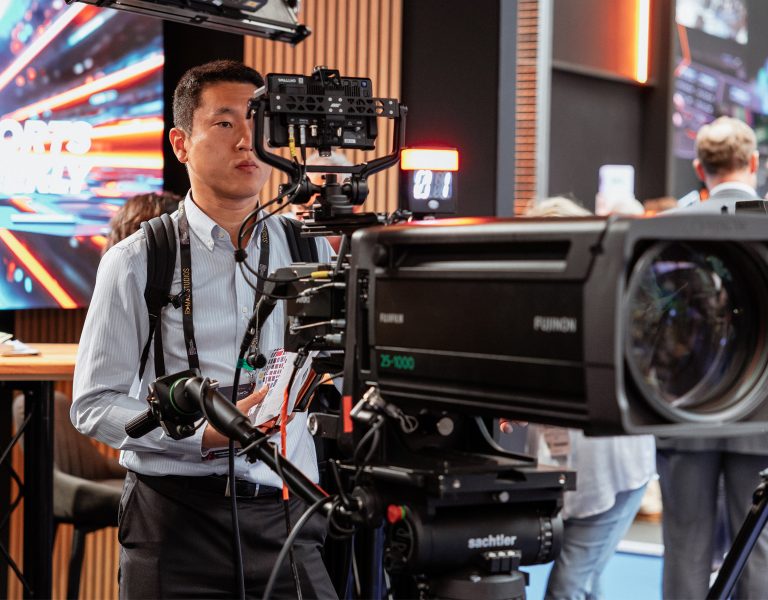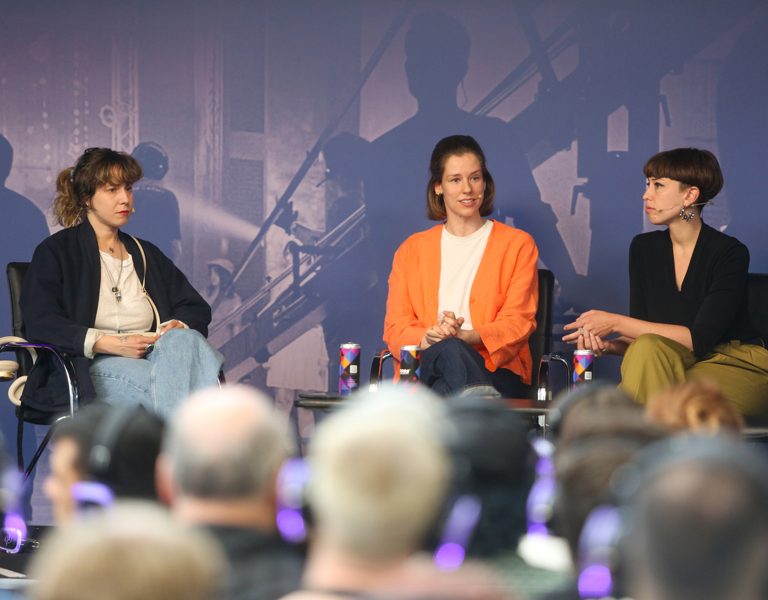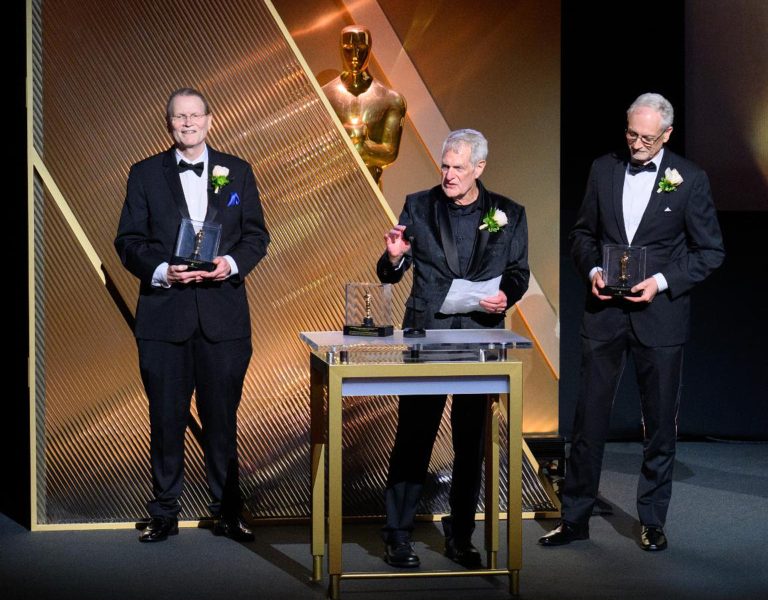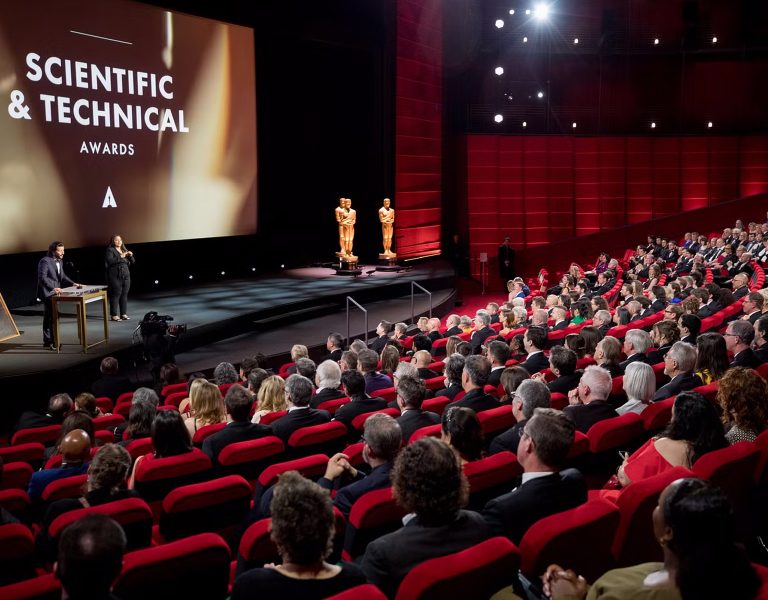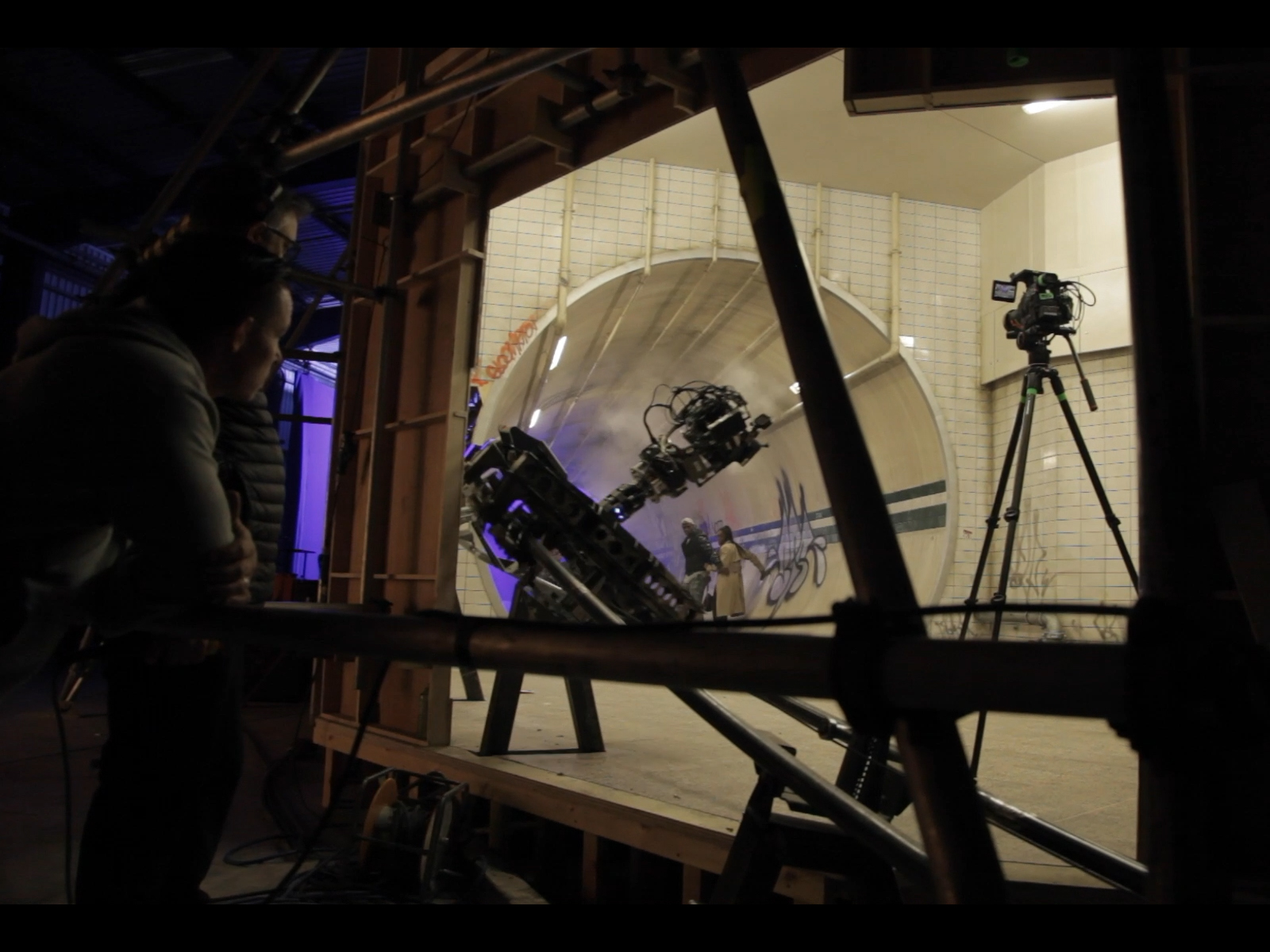
Morbius, the Sony movie, featuring one of the most enigmatic Marvel characters, is directed by Daniel Espinosa (Life, Safe House).
The film tells the story of Dr Michael Morbius, played by Jared Leto (Suicide Squad, Blade Runner 2049), who in the search of a cure to his rare blood disease, infects himself with vampirism. The experiment seems to be successful, but soon the effects of this radical remedy become worse than the disease, as Morbius struggles to control his powers.
The NVIZ team provided techvis and previs for three major action sequences in Morbius, and also provided some postvis. Working closely with VFX Supervisor Matthew Butler, and with Stunt Coordinator, Gary Powell, to plan the sequences to motion capture the stunts, NVIZ carefully stitched together stunt action with digital takeovers, at multiple points in the action. This added value to the sequences not only creatively, with the director taking on many of their suggestions; but in addition, the intensive planning of the sequence, particularly the London Underground sequence, led to significant savings on set.
London Underground
This sequence is a huge chase and fight sequence set on the London Underground, where Morbius pursues fellow vampire Milo, battling with him amidst the crowds of busy commuters. The action follows stunt and CG versions of Milo and Morbius as they chase, fly, and fight their way down escalators, through tunnels and onto platforms from a rollercoaster camera rig set up by SFX. A section of the tunnel stage set was built in a warehouse in Wembley. Other parts of the action were filmed in a disused section of the underground under Charing Cross, whilst yet more were created entirely digitally.
The team, led by NVIZ Head of Visualisation, Janek Lender, and in close collaboration with the stunt supervisor Gary Powell, meticulously planned the previs for this sequence from an early stage. They began by breaking it down into smaller sections, pinpointing exactly where the takeovers from live action stunt, into a fully digital shot, were to take place.
This not only helped the other departments to plan more easily, but also resulted in efficiencies in the budget. “It was very well packaged and realised before the shoot,” recalls Lender, “Because of that, we were able to conclude that if we filmed the tunnel in the right way, we only had to build half of it, which resulted in major cost savings for the art department.”
The process was a perfect example of how carefully thought out techvis and previs that are well integrated into the work process of all the other departments, such as SFX and the Art department, can inform the decision-making process. Both supporting the creative process and simultaneously reducing costs.
Container Ship
This important sequence is the first reveal of Morbius following his infection with vampirism. Morbius’ lab is located on a huge container ship in the middle of the Atlantic Ocean. The brief from the director was for several cuts of stunts and shots of Morbius’s point of view to be assembled together into one long and dynamic shot that plays out across various locations on board the ship. Morbius, who has just transformed into a vampire, breaks out of his cell, and is pursued by armed troops, through the confined corridors of the ship, but they are no match for the ‘superhuman’ Morbius.
The NVIZ team played part in the creative development of the sequence, a claustrophobic game of catch and mouse that is made all the more sinister by the added touch of Morbius being invisible to the camera when the action is viewed through the many CCTV cameras.
The sequence culminates in another edge-of-your-seat fight sequence, for which the NVIZ team were given manga and early DC shows to reference. Like the London Underground sequence, this fight is assembled of several different stunts interspersed and stitched together with digital takeovers. As had worked so successfully in that previous sequence, the team again worked closely with Gary Powell and his performers to motion capture all the stunts. Once these were stitched together with digital takeovers (when the moves were physically impossible) they went on to design the camera around them. The previs ironed out every potential problem before shooting and the final result closely adheres to it.
The team worked over a long schedule on Morbius, working closely with the director, “He (Espinosa) was very hands on with the previs” says Lender, “as he was using it as a blueprint for what he wanted to achieve.” Throughout the sequences NVIZ worked in collaboration with the art department, the SFX and the stunt team, carefully breaking down the material so everyone was clear which department or departments were working on each portion. The stunt performers were captured in motion capture suits, after which NVIZ used their motion capture solution to pull the scenes together in Maya. From there they animated the takeovers that couldn’t be captured by stunts, or where the whole shot was going to be a fully digital takeover.
Finally, they were pulled into Unreal Engine, where NVIZ’s Unreal Supervisor, Georg Engebakken, would add live lighting, material changes and live environment changes. The result was a quick and iterative process that kept the director and department heads involved at all times.
“It was a quite long and carefully planned previs process, followed by short bursts of working with different departments for it to all come together.” says Lender. “And it worked out exactly as we planned it, it worked really well!”
